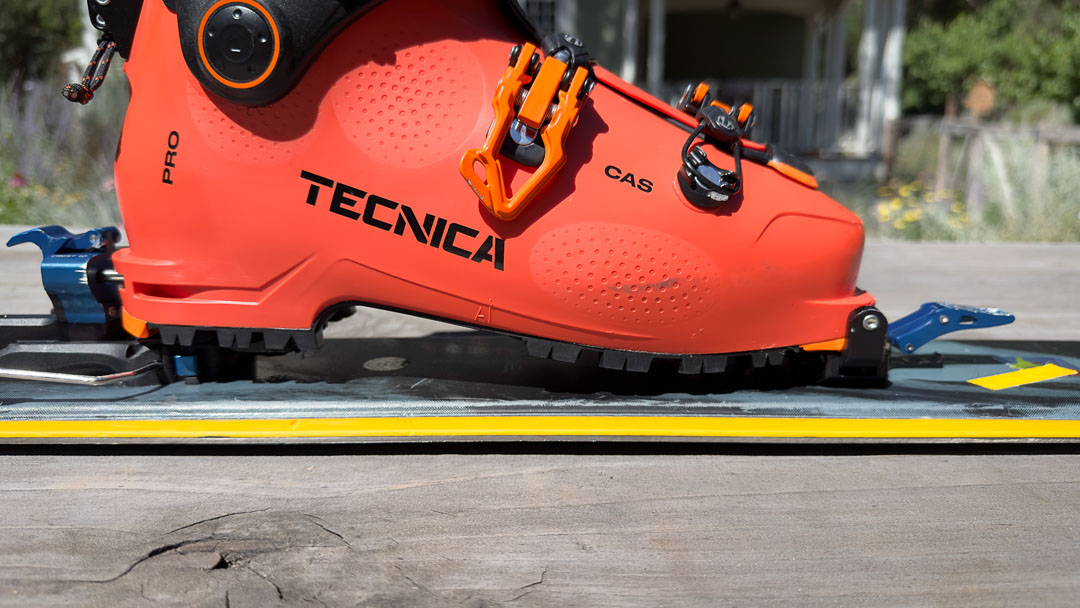A sports fan, are you? If that is your jam, and regardless if you are number-phobic or number-philic, sports have adopted the sabermetrics Kool-Aid. Recall baseball scorecards and the necessary decoder ring to read them. No? Don’t worry. We’re moving on too. Sports, gear, and biomechanics are having their analytical heyday; we’re not immune to better experiences through better number crunching. Soul sports and quiet sports (backcountry skiing and splitboarding) crunch numbers too.
Binding Delta
We tend to focus and obsess over gear weight. And sometimes, we hone in on angles and height differentials. One sensation many skiers notice is ramp angle: the angle from the middle of the heel pins to the toe pins. This impacts how we pressure a ski as it determined the difference in height between the boot heel and toe. To minimize variables as we introduce ramp angle, imagine the same boot is used with two different bindings. You’ve got a Plum R-170 on a spring setup with a delta of +4.2mm (the heel-pin center is 4.2mm higher than the toe-pin center) and an all-around/powder ski with an ATK Crest 10 (and brakes) with a delta of +13.2mm. That’s nearly a centimeter.
With all the numbers tossed around, I’m experiencing nearly a centimeter greater delta with the Crest 10. I cannot say I’ve fretted about this difference. My stance preference, though, depends on the conditions. I like to dance around with my stance options in soft snow, bottomless powder. Depending on how much float I’m experiencing and how I want to drive the ski, there are times I want the option for a more centered stance and times when I drive my shin, increasing my ankle flexion, to drive the tips into and out of a turn. With a more neutral binding delta, a more centered stance, generally, is easier to actualize. This may be something to discuss with a local shop if you are waffling between binding options. (And oh yeah, there are riser options to think about as well…..)







Leave a Reply
You must be logged in to post a comment.